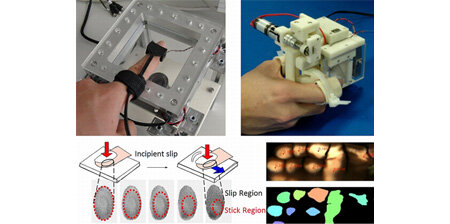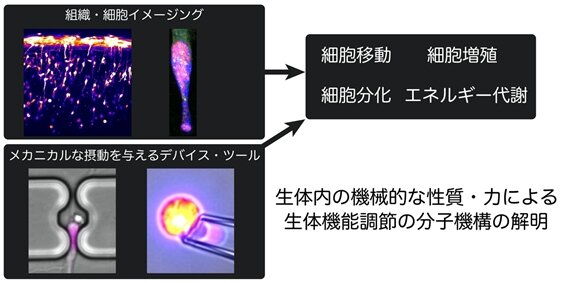研究分野
社会の要請に応える3領域の研究
エネルギー分野の3本柱である「次世代インフラエネルギー領域」「ライフデバイスエネルギー領域」「マテリアル創製領域」の3領域からなるカリキュラムで学びます。さまざまな分野の教員が密接に連携し、エネルギー分野の将来像を描き、その実現に貢献する人材を育成します。持続可能エネルギー(原子力核・水素・太陽光・バイオマスなど)の利用に関する研究/環境に優しい燃焼技術・プラズマ応用・創薬やエネルギー変換の解析技術に関する研究/光電子デバイス・高性能高分子材料・エネルギー変換材料の創製に関する研究
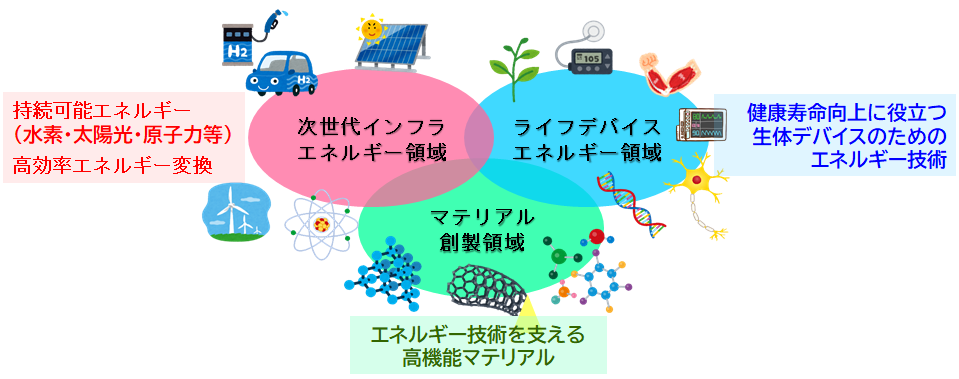
次世代インフラエネルギー領域
関連教員
|
|
|
|
|
|
|
|
ピックアップ研究
Measurement of fission-fragment mass distributions in the multinucleon transfer channels of the 18O+237Np reaction, Phys. Rev. C 102, 054610 (2020)
Abstract
Fission-fragment mass distributions for 23 nuclei ( 234 − 237 U , 236 − 239 Np , 238 − 241 Pu , 240 − 243 Am , 242 − 245 Cm , and 244 − 246 Bk ) were measured using the multinucleon transfer approach in the reaction of 18 O + 237 Np , and their excitation-energy dependence was obtained up to a maximum of 70 MeV. Among them, the low-energy fission of 236 Np , 238 Pu , and 245 Cm is reported for the first time. The experimental data for all the studied nuclei were compared to the Langevin calculations. The calculation which takes into account the effects of multichance fission well reproduced the peak-to-valley ratio and mass-asymmetric peak positions of the distributions. The angular momentum given to the fissioning nucleus is also discussed.
マテリアル創製領域
関連教員
|
|
|
|
|
|
|
|
ピックアップ研究
"Radical cyclopolymerization of dimethacrylates bearing rigid adamantane‐like core derived from naturally occurring myo‐inositol" Sudo, A.; Nishiyama, K.; Morimoto, M.; Yamamoto, S. J. Polym. Sci. 2020, 58(14), 1973-1981.
Abstract
Dimethacrylates with rigid adamantane-like cores were synthesized from myo-inositol orthoester via a sequence of (a) acylation or silylation of the equatorially oriented hydroxyl group, followed by (b) attachment of methacrylate groups on the axially oriented hydroxyl groups. The radical homopolymerization of these compounds proceeded via cyclopolymerization without crosslinking, as the two axially oriented methacrylate groups were fixed in close proximity with each other. The dimethacrylates underwent radical copolymerization with methyl methacrylate (MMA) to afford the corresponding polymethacrylates, exhibiting high glass transition temperatures (Tg), due to the introduction of the rigid orthoester moieties originating from the monomers and the macrocyclic structures formed via intramolecular cyclization of the two methacrylate groups of the monomers. The polymers obtained by polymerization of the dimethacrylate bearing a silylated hydroxyl group served as precursors of hydroxyl-bearing polymers, which also exhibited high Tg due to the formation of a hydrogen bonding network between the hydroxyl groups.
ライフデバイスエネルギー領域
関連教員
|
|
|
|
|
触覚情報処理モデルと応用システムに関する研究など |
|
生体機能調節の分子機構の解明に関する研究など |
ピックアップ研究
Hiroyuki Kawamura, Shimon Tasaka, Atsutoshi Ikeda, Takashi Harada, Yuji Higashimoto, and Kanji Fukuda, "Ability to categorize end-feel joint movement according to years of clinical experience: an experiment with an end-feel simulator," Journal of Physical Therapy Science, Vol. 32, Issue 4, pp. 297-302, April 2020.
Abstract
[Purpose] Discrimination between end-feel types is difficult, and years of clinical experience is considered a factor for improving the accuracy of the discrimination. The present study investigated whether the accuracy of classification of end-feel types improves with the increase in years of clinical experience. [Participants and Methods] In total, 44 therapists (range of years of clinical experience: 1-26 years) and 13 students were included. The participants identified the type of end feel simulated by our newly developed simulator. The proportion of correct answers of the therapists was compared with that of the students. For the therapists, years of clinical experience and their awareness of end feel were examined, and their relationships with the ability to classify end-feel types were analyzed. [Results] The therapists showed a higher ability to identify end-feel type than the students. The ability of the therapists improved according to their years of clinical experience. The cutoff values for years of clinical experience to improve the ability for identifying bone-to-bone, muscular, and tissue approximations were 15, 6, and 15, respectively. The therapists who were always conscious about end feel were associated with a higher ability to classify end-feel types. [Conclusion] Our present study demonstrated that the ability to classify end feel improves with the increase in years of clinical experience.
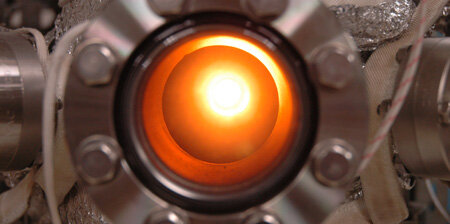 核融合炉用黒鉛材料からの水素放出に関する研究など
核融合炉用黒鉛材料からの水素放出に関する研究など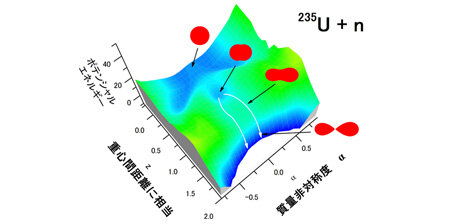 ウラン235に熱中性子を入射した場合のポテンシャル表面と分裂経路に関する研究など
ウラン235に熱中性子を入射した場合のポテンシャル表面と分裂経路に関する研究など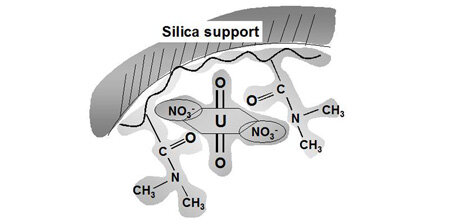 シリカ担持DMAA樹脂のU(VI)に対する予想吸着形態に関する研究など
シリカ担持DMAA樹脂のU(VI)に対する予想吸着形態に関する研究など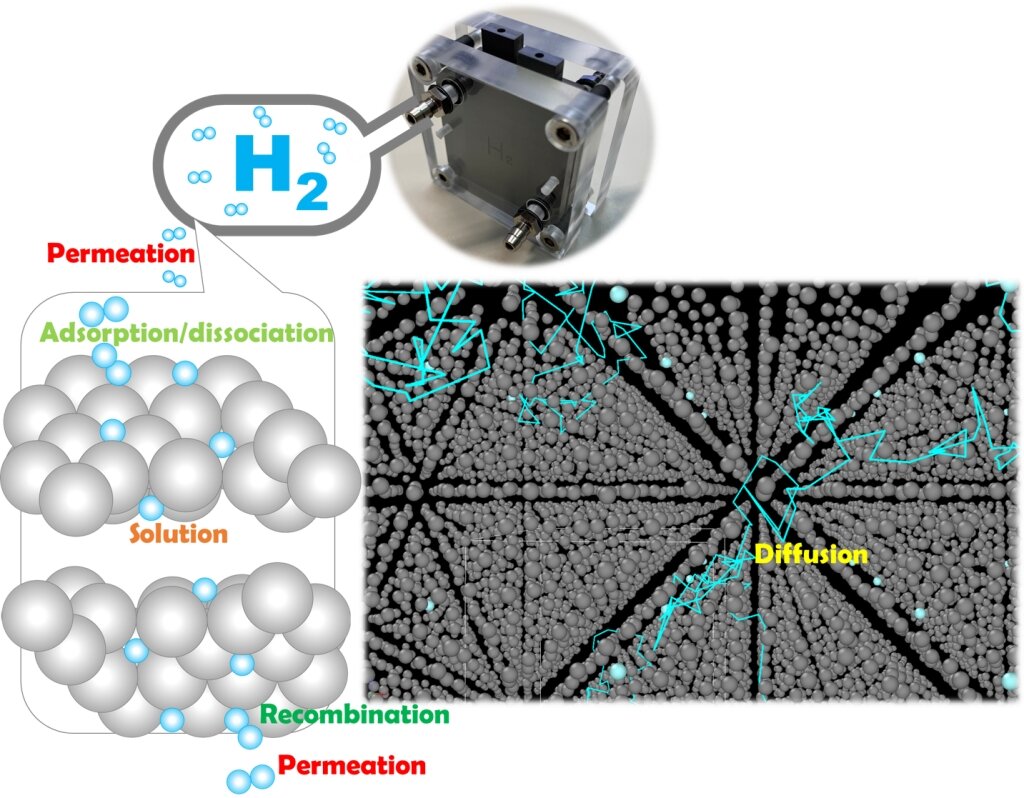 水素や放射性物質を材料中に安全に閉じ込めるための研究など
水素や放射性物質を材料中に安全に閉じ込めるための研究など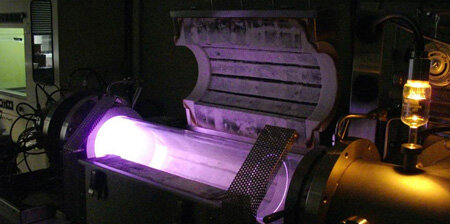 プラズマを用いた材料表面改質・滅菌に関する研究など
プラズマを用いた材料表面改質・滅菌に関する研究など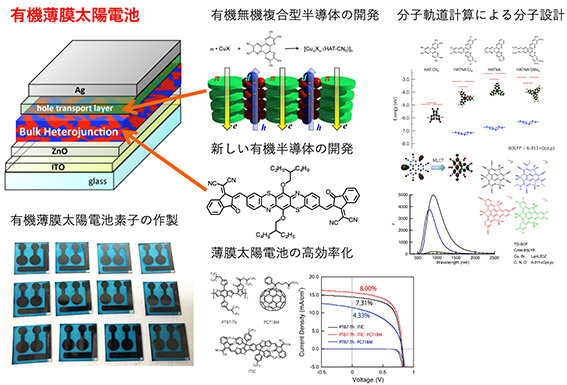 新しい機能性材料の開発と電子デバイスへの応用に関する研究など
新しい機能性材料の開発と電子デバイスへの応用に関する研究など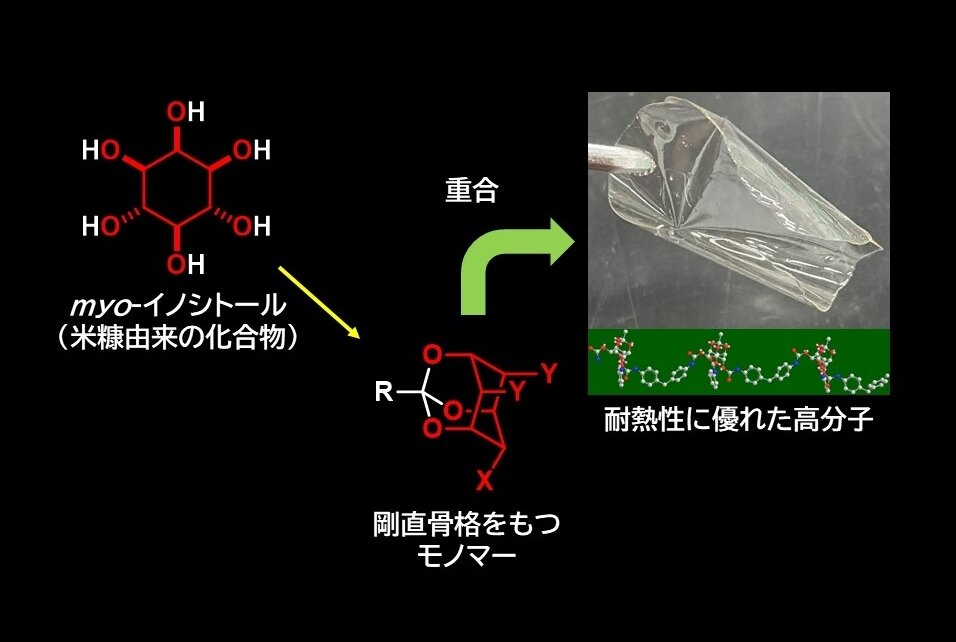 天然由来原料myo-イノシトールを用いた高分子の合成に関する研究など
天然由来原料myo-イノシトールを用いた高分子の合成に関する研究など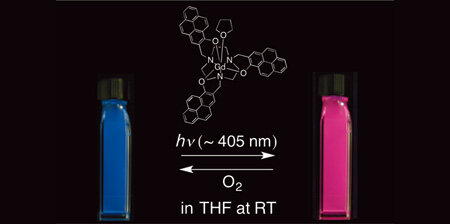 光と酸素に応答する発光現象に関する研究など
光と酸素に応答する発光現象に関する研究など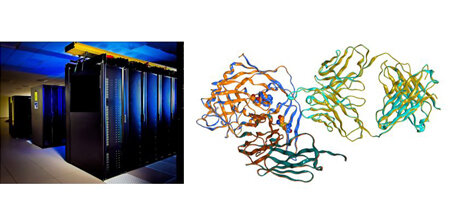 計算化学・バイオインフォマティクスに関する研究など
計算化学・バイオインフォマティクスに関する研究など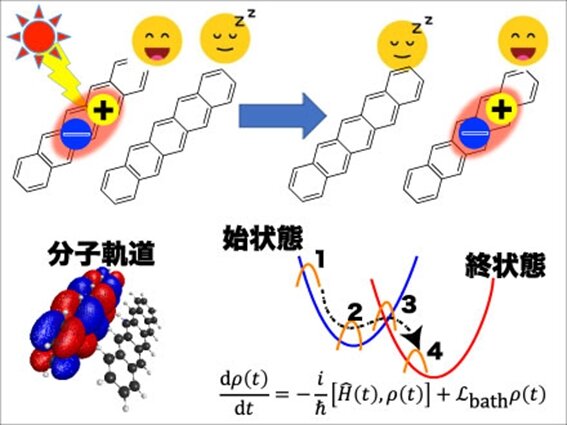 有機デバイス中の励起エネルギーや電荷ダイナミクスの研究など
有機デバイス中の励起エネルギーや電荷ダイナミクスの研究など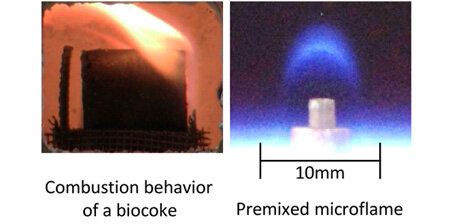 燃焼挙動の観察に関する研究など
燃焼挙動の観察に関する研究など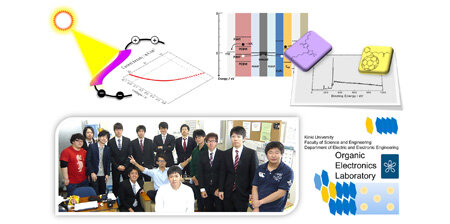 有機太陽電池を中心とした有機エレクトロニクスデバイスに関する研究など
有機太陽電池を中心とした有機エレクトロニクスデバイスに関する研究など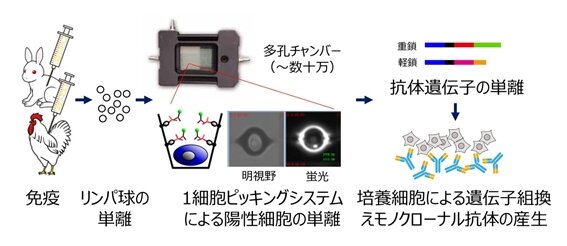 遺伝子組換えモノクローナル抗体作製法に関する研究など
遺伝子組換えモノクローナル抗体作製法に関する研究など